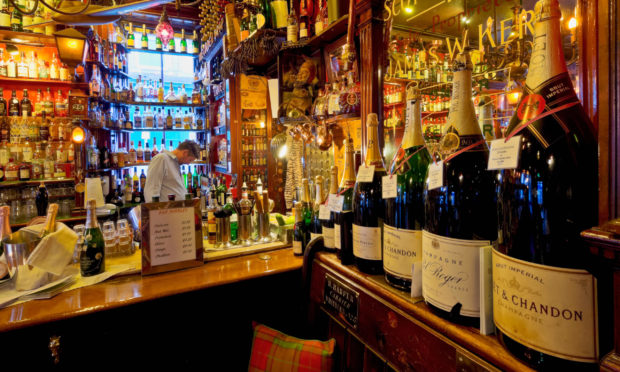Options for reopening pubs, nightclubs and restaurants while minimising the risk to emergency services are to be studied.
Researchers from Stirling University will look at how easing the covid-19 restrictions on licensed premises can be phased in and whether staff could reduce the risk of infection.
The Scottish Government-funded programme will consider ways in which venues and customers might respond to any easing of restrictions in terms of alcohol consumption, intoxication, violence, sales and promotions.
The impact of current restrictions on ambulance service call-outs will also be examined, as well as the potential impact if establishments reopen.
Professor Niamh Fitzgerald, an expert in alcohol policy who will lead the project, said: “Most pubs and nightclubs closed more than seven weeks ago as part of the UK and Scottish Government response to the covid-19 pandemic.
“Governments and the public are very interested in how licensed premises may begin to reopen – but there are risks involved.
“Whenever restrictions ease, businesses may seek to recoup losses and customers may choose to celebrate by drinking more than usual.
“The actions of businesses and consumers could have implications for how intoxicated people get and have a knock-on impact on our emergency services.”
A range of businesses, staff, policy-makers and experts will be consulted during the study.
“One option could be to ease restrictions partially, or in a staggered way, potentially with measures remaining in place around sales, opening hours, or venue capacities to minimise harm and impact on the emergency services,” Professor Fitzgerald said.
While the closure of bars and nightclubs appears to have eased pressure on the Scottish Ambulance Service, concerns have been raised about perceived increases in house parties and domestic violence during lockdown.
Researchers have said it is possible that the service could experience an increase in call-outs – even above pre-pandemic levels – when restrictions are eased if large numbers take advantage of any relaxing of rules.
The study could take up to six months and will involve analysis of data on ambulance call-outs, interviewing pub and restaurant owners and examining customer behaviour and venue operation once restrictions are eased.










